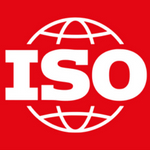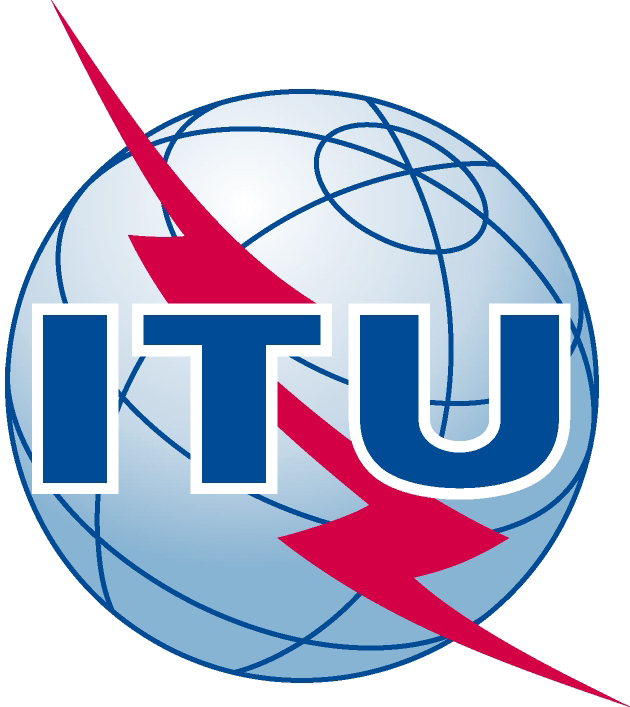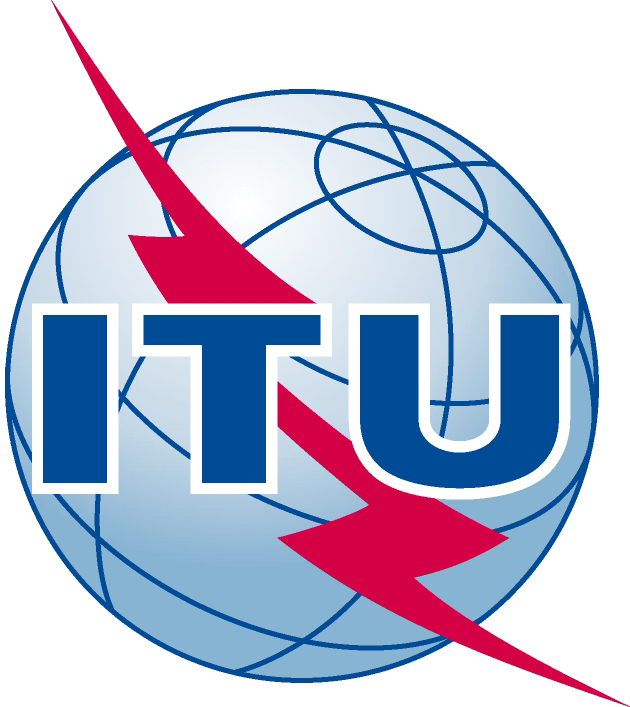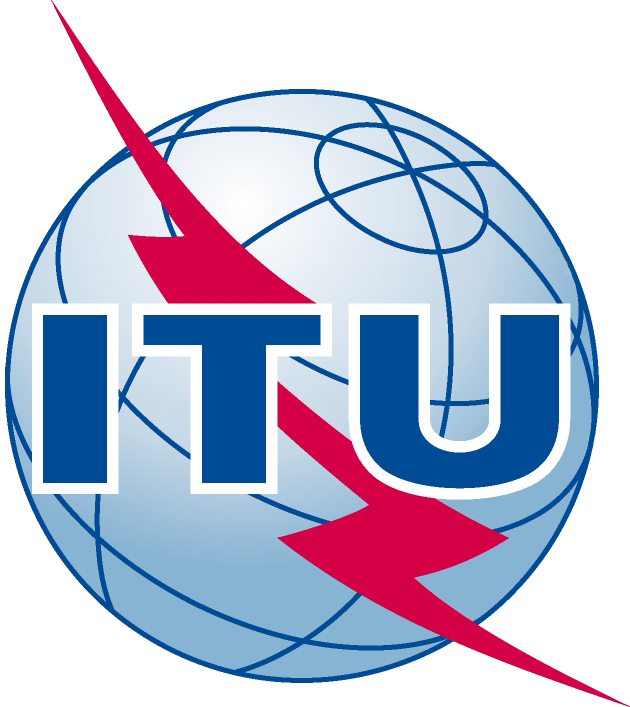User centric approach; Qualification of the interaction with the digital ecosystem
The present document describes the service provision to be addressed by designers and implementers of the digital ecosystem to ensure that the means by which users interact with the digital ecosystem is consistent across device types, and meet the preferences of the user. The present document addresses the role of the user accessing services in the digital ecosystem with multiple formats of device.







